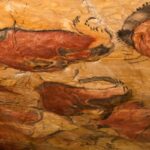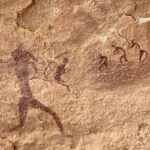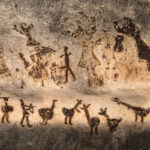We explain what the Mesolithic period of the Stone Age was, its beginning, climate, economy, art and other characteristics.
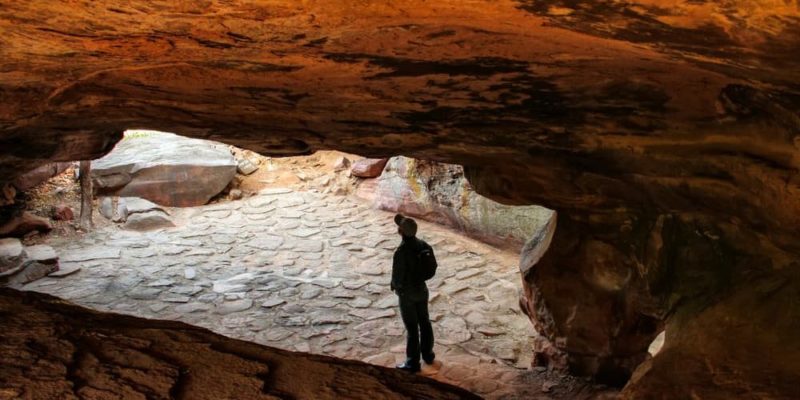
What was the Mesolithic period?
The Mesolithic was the prehistoric period located between the Paleolithic and the Neolithic that is, it corresponds to the intermediate stage of the Stone Age. In fact, its name means “middle stone” (from the Greek mesos“medium”, and lithos“stone”).
The term was coined shortly after the British researcher John Lubbock (1834-1913) first used it in his work Prehistoric Times (1865) the terms Paleolithic and Neolithic. At that time, it was thought that the term Mesolithic served to describe a transitional stage between the other two periods.
In the same way as the Paleolithic and the Neolithic, the Mesolithic is part of human prehistory, that is, the enormous period of time that has elapsed since the origin of the genus. Homoor of the species Homo sapiensuntil the invention of writing (a moment that researchers usually mark as the beginning of history).
Studies from the 20th century revealed that in the Mesolithic There was cultural continuity with the Paleolithic societies but new developments were also introduced such as the manufacture of microliths (very small stone artifacts), the improvement of practices for hunting, fishing and gathering, and some patterns of incipient sedentary lifestyle.
It is usually used synonymously with Epipaleolithic, although there are debates about whether these terms designate the same thing or not. The term Mesolithic is more common for European prehistory and the term Epipaleolithic for areas such as the Near East. Some authors use the terms Subneolithic or Protoneolithic for the final phase of the Mesolithic or Epipaleolithic.
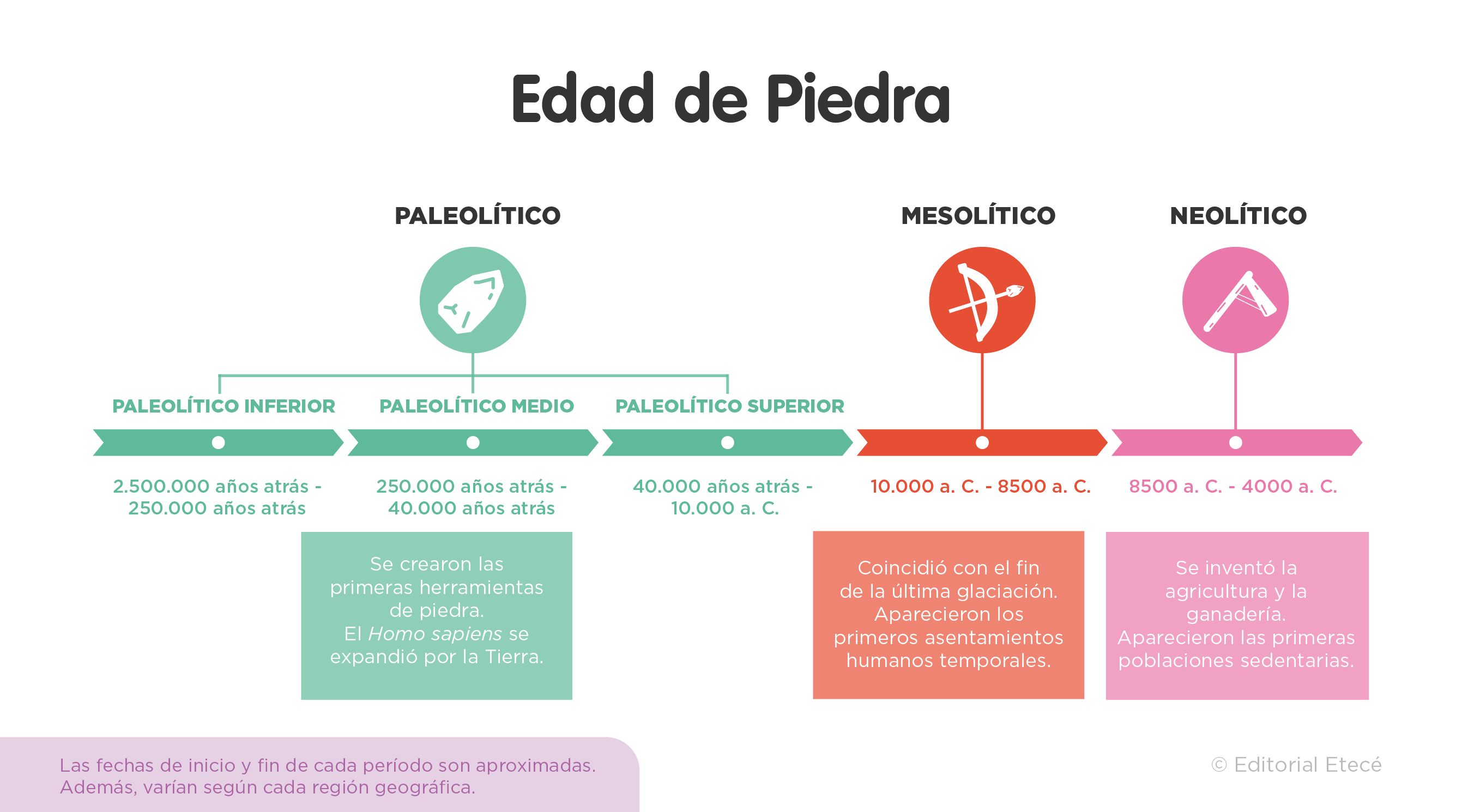
Key points
- The Mesolithic was a period of change between the Paleolithic and Neolithic Stone Age, beginning mainly between 12,000 and 8000 BC. c.
- It arose with the end of the last ice age, when hunter-gatherer societies had to adapt to climate and environmental change.
- It involved transformations such as the manufacture of new tools (especially microliths) and the diversification of the diet (hunting smaller animals, collecting cereals and various vegetables).
- During the Mesolithic, the first steps were taken towards a sedentary lifestyle (with temporary settlements) and agriculture (with the collection of wild cereals).
How did the Mesolithic period begin?
The Mesolithic It began at the end of the Paleolithic, in a time period between 12,000 and 8000 BC. C. (depending on region) with the transition from the Pleistocene to the Holocene. It was a stage of adaptation to the climatic changes of the end of the last ice age. Its main characteristic was human experimentation with new tools made with microliths, food diversification and the first temporary settlements.
It is usually considered a moment of transition towards what later constituted the so-called Neolithic revolution which involved the transition from a hunting-gathering economy to a food production economy.
The Mesolithic culminated when the beginning of the Neolithic occurred, with the full adoption of agriculture, livestock and sedentary lifestyle. This process took place at different times depending on the region. In some areas of the Near East it ended around 8500 BC. c while in some parts of Europe it ended around 6000 BC. C and in others only around 2600 BC. c.
General characteristics of the Mesolithic
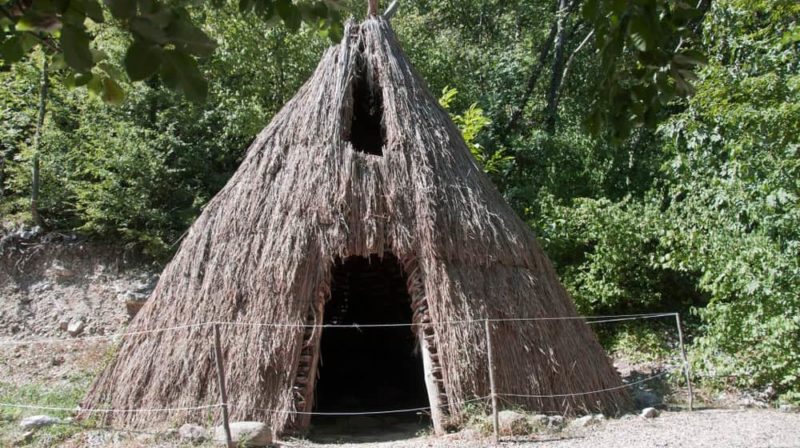
The Mesolithic human being was fundamentally nomadic, dependent on the exploitation of nearby resources. However, it used summer settlements and winter shelters, adapted to the climatic conditions, and therefore took a step towards a sedentary lifestyle.
It is common in archaeological remains from this period to find signs of circular tents. These temporary homes had silos or warehouses of collected wild grains in their surroundings, or simple cemeteries. The presence of tombs demonstrates the presence of funerary rites linked to the land and, therefore, with the sense of belonging to it.
The storage of wild grains indicates a change in the traditional diet, which began to introduce supplements to hunting and gathering, at the same time The hunting of large animals was abandoned in favor of the hunting of smaller animals.
Mesolithic Climate
The Mesolithic coincided with the last moments of the last glacial period and with the immediately subsequent phase, so that It was a period of global warming and forest expansion. A warmer and more humid climate prevailed than the previous stage.
There was also a growth of steppe or desert belts at the equatorial level, which led to the extinction of many typical Pleistocene species, while other animals migrated towards northern regions. Many of them had non-gregarious habits (that is, they did not form a pack), so they were much more difficult to hunt.
Mesolithic Economy
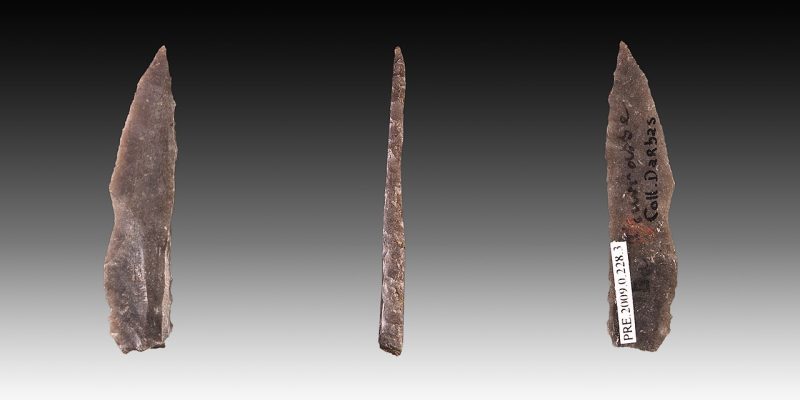
Mesolithic populations were still heavily dependent on hunting, fishing, and gathering. However, climate change conditions and the restriction of available resources caused the need to produce food.
This is how the first steps towards the emergence of agriculture (intensive collection of wild grains) and the domestication of animals such as goat, abundant in the Near East. The dog was also domesticated, the first domesticated animal in history, which was a hunting companion.
In the Mesolithic there was an important diversification of the diet which included a wide range of small animals (such as deer, rabbits and birds) and vegetables (various fruits, roots, seeds and tubers), as well as snails, open sea fish, shellfish, among others. This in turn required the production of new tools, especially the so-called microliths based on materials such as stone, bone, wood and animal tendons.
Mesolithic art
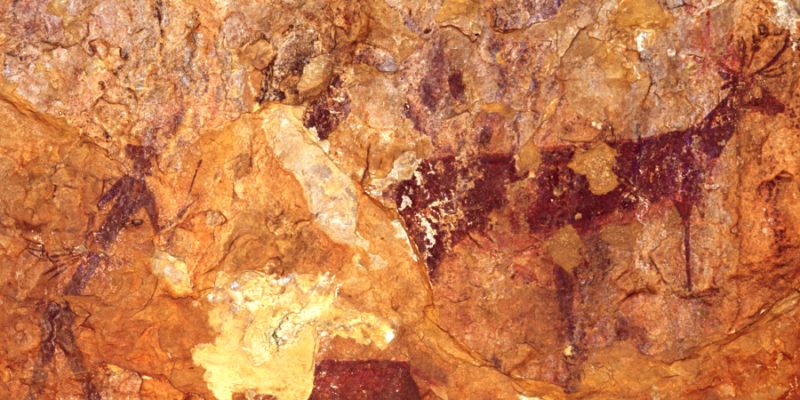
During the Mesolithic, a type of art that is usually considered post-Paleolithic abounded, although fewer Mesolithic specimens survived than those corresponding to the Paleolithic and Neolithic periods. It usually consists of parietal art (paintings or engravings on the walls and ceilings of caves) and personal objects, and it is very difficult to date.
Mesolithic art expressed new motifs in the context of a changing world. Although he continued to represent simplified figures of animals and humans, something already present in Paleolithic art, was characterized by the appearance of geometric shapes. Rock art exhibited schematic shapes to represent movement, along with symbols such as arrows, suns or points.
The Neolithic period
The Neolithic (whose name comes from the Greek neos“new”, and lithos“stone”) It is the last period of the Stone Age. One of the greatest revolutions in the history of humanity took place there: the transition from a nomadic or semi-nomadic life dedicated to hunting and gathering to a sedentary life guided by agricultural and livestock activity.
This involved the domestication of animals and plant species. In addition, the manufacture of ceramics was developed and the first settlements were founded, which long later gave rise to the first cities. In many regions, the Neolithic ended sometime between 4000 and 3000 BC. C., with the appearance of metallurgy and the beginning of the Age of Metals, although the periodization varies depending on the region.
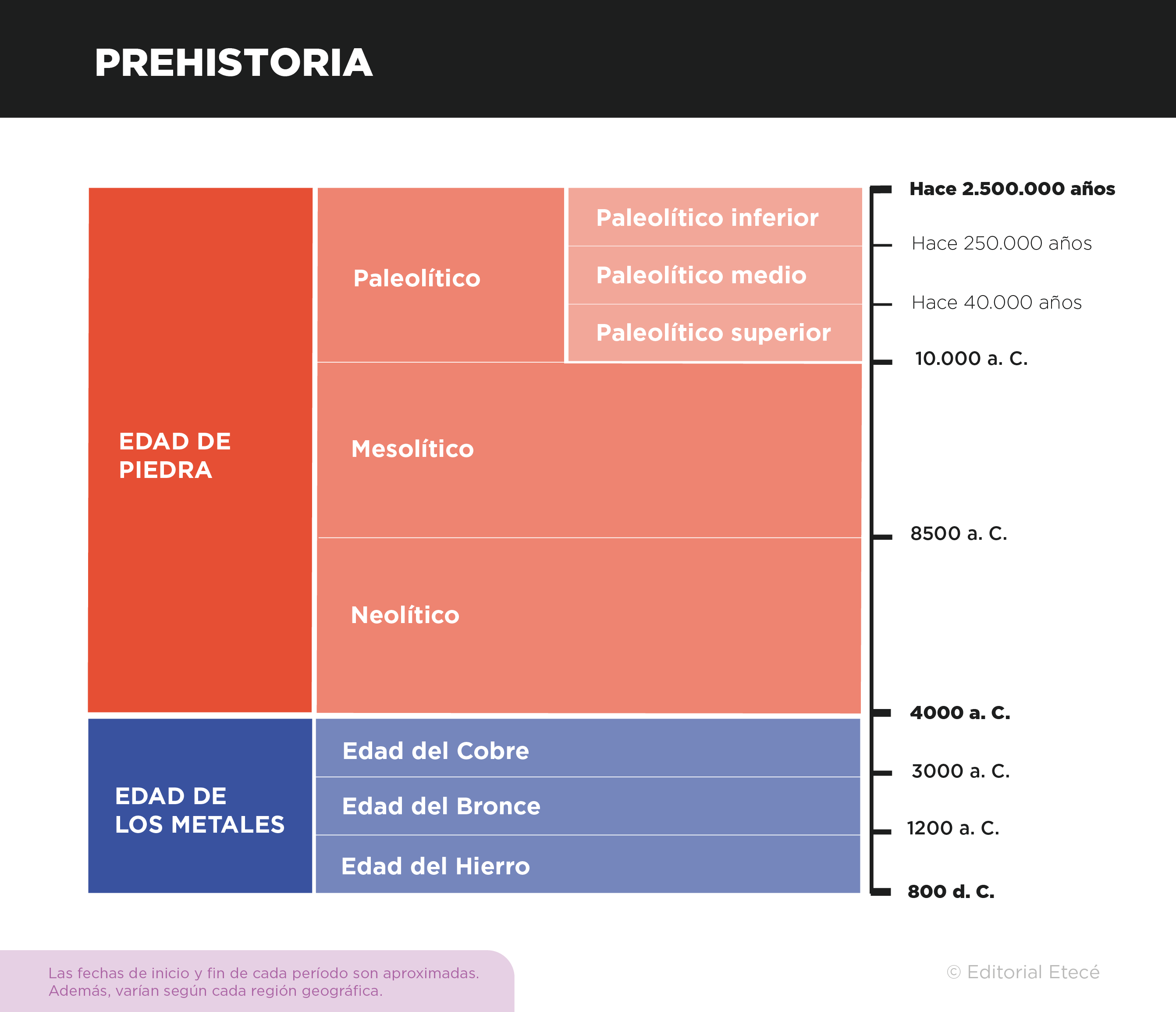
References
- Aurenche, O. & Kozlowski, S. K. (2003). The origin of the Neolithic in the Near East. The lost paradise. Ariel.
- Britannica, Encyclopaedia (2023). Mesolithic. Encyclopedia Britannica. https://www.britannica.com/
- Movius, H.L. et al. (2023). Stone Age. Encyclopedia Britannica. https://www.britannica.com/
- Violatti, C. (2014). Stone Age. World History Encyclopedia. https://www.worldhistory.org/

